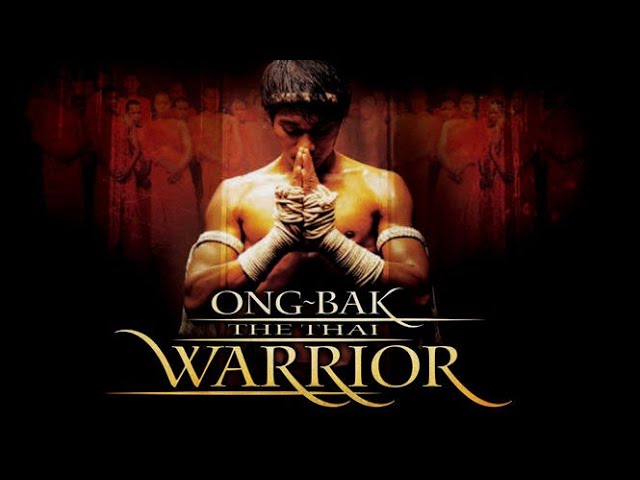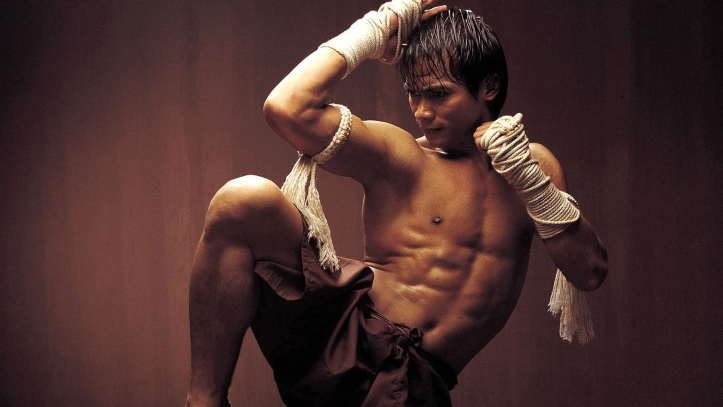Ong-Bak: The Thai Warrior (2003)

Related Movies:
Related Movies:
Related Movies:
Related Movies:
Related Movies:
Related Movies:
Related Movies:
Related Movies:
Related Movies:
Ong-Bak: The Thai Warrior (2003) – Plot Review
Ong-Bak: The Thai Warrior (2003) is a pulse-pounding action film that brings the world of Muay Thai martial arts to the big screen with unforgettable fight sequences, gritty realism, and a gripping storyline that combines traditional action with intense drama. Directed by Prachya Pinkaew, the film introduced the world to Tony Jaa, whose electrifying martial arts skills made him an instant action star.
Set in rural Thailand, the story follows Ting (played by Tony Jaa), a young, humble village man from a small village known for its cultural traditions. The film kicks off when the sacred head of the Ong-Bak (a revered Buddhist statue) is stolen from Ting’s village, throwing the entire community into turmoil. The statue, which holds great religious significance, is not just a symbol of spiritual value but also represents the pride and identity of the villagers.
Determined to retrieve the stolen relic and restore honor to his village, Ting sets off for Bangkok, armed only with his martial arts skills and an unyielding spirit. In the bustling, crime-ridden streets of the city, he quickly becomes entangled in the seedy underworld. The film introduces Humlae (played by Petchtai Wongkamlao), a street-smart hustler who initially deceives Ting, promising to help him locate the thief in exchange for money. However, Humlae’s true motivations are not entirely clear, and his involvement adds an element of danger and intrigue to the narrative.
Ting’s journey through Bangkok is filled with numerous obstacles, as he faces off against various henchmen, criminals, and corrupt individuals who are involved in underground fighting rings. The stakes rise when Ting uncovers that the statue has been sold to a powerful crime lord, Don (played by Suchao Pongwilai), who runs an illegal fighting league. To reclaim the Ong-Bak head, Ting must enter the brutal fighting arena, where the fighters engage in a no-holds-barred brawl to the death.
The core of the film’s appeal lies in the action sequences, especially the dazzling fight choreography. Tony Jaa, who performs most of his own stunts, delivers a breathtaking display of Muay Thai techniques, blending traditional combat with acrobatics, intense kicks, elbows, knees, and jaw-dropping aerial moves. The fights are raw, visceral, and beautifully executed, showcasing the brutality and grace of Muay Thai martial arts. One of the most memorable sequences involves a wild chase through the streets and rooftops of Bangkok, where Ting’s agility and skill are put to the test in an unrelenting pursuit of his goal.
As the film builds to its climax, Ting faces off against Don’s champion fighter, a powerful and brutal opponent who represents the dark side of the underground fight world. The final battle is a thrilling display of strategy, strength, and heart as Ting’s determination and martial arts prowess are pushed to their absolute limits in a fight for both survival and the soul of his village.
Conclusion: Ong-Bak: The Thai Warrior is a masterclass in martial arts cinema, combining a straightforward yet captivating plot with some of the most intense and impressive fight choreography ever seen on screen. Tony Jaa’s performance catapulted him to international fame, and the film’s success helped introduce Muay Thai to a global audience. Its raw, high-energy action and no-frills approach to storytelling make it a standout in the action genre, and its legacy continues to influence martial arts films today. With its authentic fight sequences and a compelling journey of courage and honor, Ong-Bak remains a landmark in action cinema











